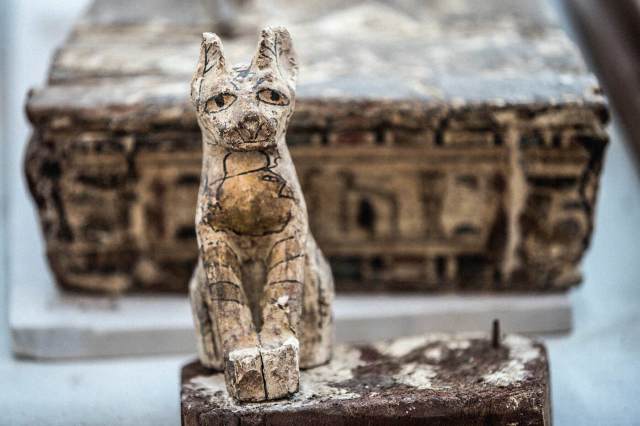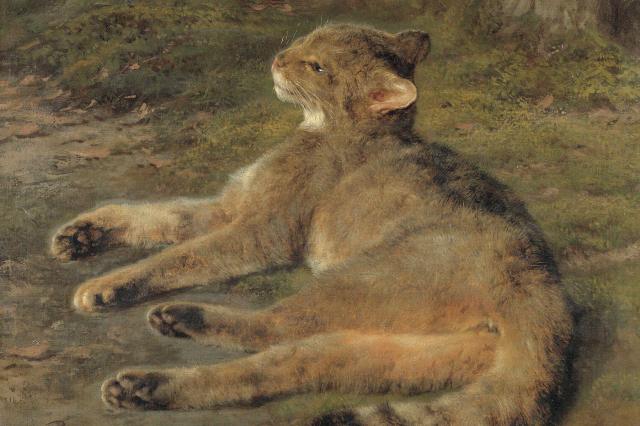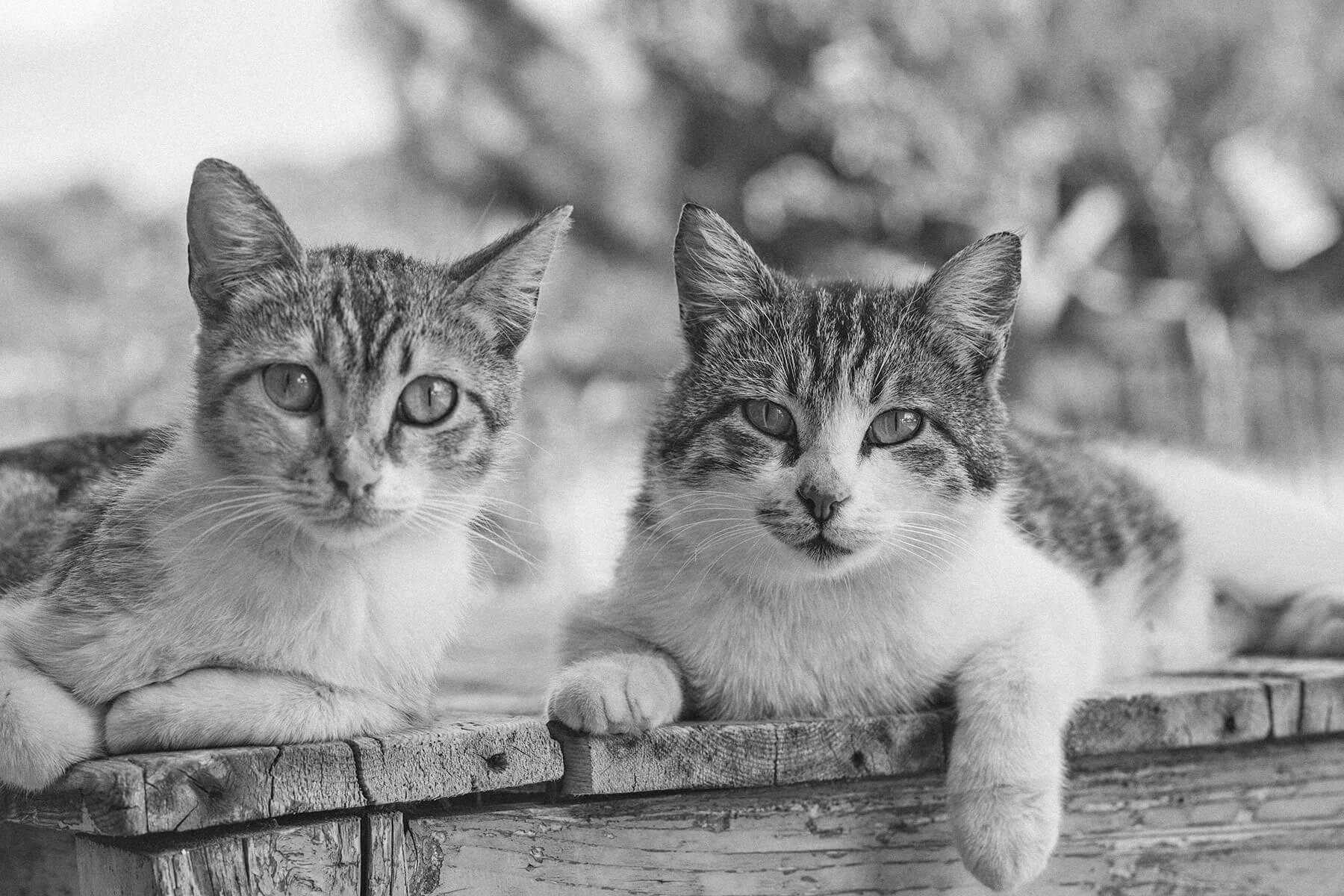A Purrfect History of the House Cat
The first felines existed more than 10 million years ago, predating humans by millions of years. Perhaps the fact that cats were here first explains why they’re so comfortable acting like they own the place. It also won’t be a surprise to anyone who’s had a pet kitty to hear that the alliance between human and cat was probably the cat’s idea. Cats may have a reputation as aloof and self-sufficient divas, but these fluffy felines have been beloved pets in homes around the world for millennia. Here’s the story of how cats and humans first came together.

The First Indoor Cats
It’s been difficult for researchers to pin down the exact origin of the house cat, but it’s believed our furry friends evolved from wildcats roughly 12,000 years ago, around the time that humans moved to an agricultural lifestyle. In 2004, French archaeologists on the Mediterranean island of Cyprus found what is now the earliest evidence of a pet kitty: a human buried with a cat in a grave that was at least 9,500 years old. Researchers know this pair must have traveled together because wildcats were not native to any other Mediterranean island aside from Sicily. The cat was also buried facing the same way as the human, just 16 inches away, indicating a close relationship.
Before this discovery, the earliest house cats were thought to have been from either ancient Egypt or China. Archaeologists in China found evidence of cats sharing a home with farmers in the village of Quanhucun 5,300 years ago, and Egyptian art depicts cats and humans living together as far back as 4,000 years ago. Ancient Egyptians were famously fond of felines, and thought so highly of their cats that they associated them with godlike qualities. The Egyptian royal class would even dress cats in gold and let them eat from their plates.

House Cat DNA
Researchers suspect that all domestic cats descended from a subspecies of the Eurasian and African wildcat Felis silvestris, which roughly translates to “cat of the woods.” Four strains of the subspecies can be traced to wildcats in Europe, China, Central Asia, and Southern Africa, and the fifth subspecies, Silvestris lybica, the Middle Eastern wildcat, is what gave us the house-dwelling cats we know and love today.
Over time, house cats evolved from these wildcats in several notable ways. Today’s kitties tend to be smaller, due to a change in diet and activity level, and their coats have become more colorful as they have less of an evolutionary need to blend in with their surroundings. Domestication also rapidly increased the number of different breeds: As of 200 years ago, only five breeds of domestic cat were recognized. Today, the Cat Fanciers’ Association recognizes 45 separate breeds, while the International Cat Association recognizes 73. While dogs are bred in a wide variety of sizes, shapes, and temperaments, house cats are much more genetically similar across the board, the main differences coming in coat patterns and color. This is because dogs were bred for a number of different jobs, such as herding, hunting, and sled-pulling, while cats have mainly specialized in one domestic task.

















